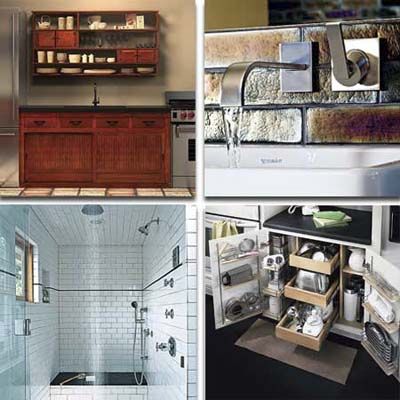
As Fred Astaire once said, “Old age is like everything else. To make a success of it, you’ve got to start young.” This wisdom applies just as much to designing your home. Plan for all stages of life when you build and remodel. Even if you’re in perfect health now, you never know what life might throw your way.
To help you prepare your home for people of all abilities, we’ve compiled 14 universal design tips from experts in the field. These suggestions will help you make a safe, comfortable, accessible, and adaptable living space for changing needs over time.
Limit Stairs and Accessibility Obstacles
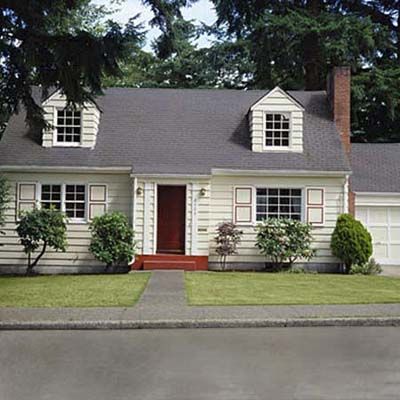
Climbing stairs becomes more difficult as we age. Ramps are better for accessibility, but they’re not always available—or feasible—in existing homes. If you’re house hunting, think twice about buying a property with sunken living rooms, split-levels or multistory homes, or raised entrances.
Just as well, keep a direct line of sight from your front door to the street. Plantings should hang low, and trees should be trimmed out of the way. This makes it easier to see visitors and your neighborhood without leaving the house. Just as well, if you’re in distress, it’s easier for others to get you the help you need.
Use Smart Home Technology to Stay Safe

Home automation has come a long way from garage door openers and outdoor lighting timers. Smart home systems can enhance your home’s accessibility and safety in several different ways:
- Control lights, thermostats, appliances, and window blinds with your smartphone or voice.
- Operate smart locks remotely or with a code.
- See and screen who’s at the door with a video doorbell.
If you have a smart home, you can set it to turn your lights off when you leave, then flip the entryway and front hallway lights on when you return. You can also add security features to a smart home system that can turn all lights on and notify the authorities if an alarm trips.
Bring the Outdoors Indoors Safely
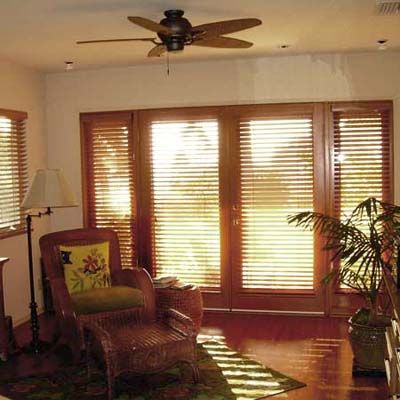
Being in nature can be relaxing and restoring to a busy mind, but getting outside might not always be possible for people with limited mobility. Luckily, there are ways to bring nature inside.
Install French doors that give a wide, clear view of your backyard, add large windows with low sills, use natural materials like wood and stone in your home’s construction, find decor in earthy tones or natural textures, use a white noise machine to pump in natural ambiance, or use indoor plants and greenery.
Maximize Natural Lighting
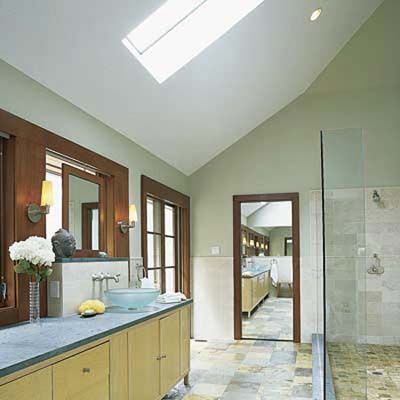
Good natural light is also a core part of a healthy, restorative living space. Bringing it in can be as simple as adding a window or traditional skylight or as complex as adding a daylighting system that captures rooftop sunlight and brings it down reflective tubes to your space.
It’s easier to make the most of natural light in spaces with light-colored paint and finishes. This will make the light seem brighter and more alive.
Consider Multiple Shower Heads to Help With Limited Mobility
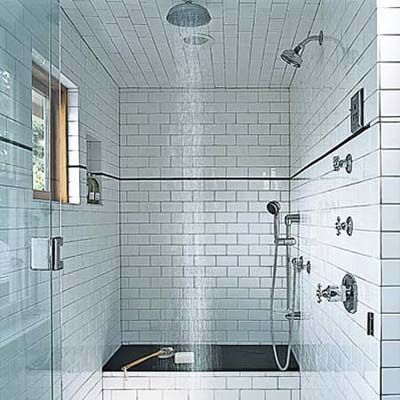
Using more than one water source in your shower can give you luxury right now and flexibility as you age. One common way to do this is to incorporate a rain shower in the center, a traditional showerhead on one end, and a handheld shower with a separate valve you can control while sitting on a fold-down teak seat.
Install a Curbless Shower for Safer Entry
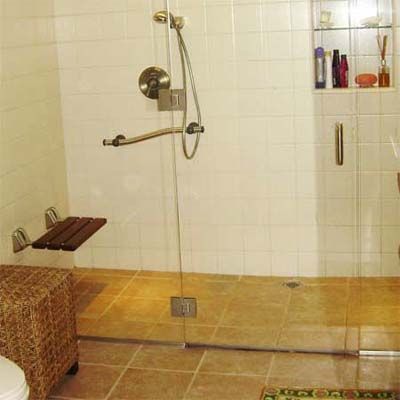
Even if an obstruction is just one inch high, it can still be difficult for some people to move around. Curbless and zero-entry showers eliminate pesky shower curbs and make bathrooms even more accessible.
Water can get on the floor without a shower curb, but there are options to keep it from spreading past the door. You can add a gradual slope to your drain, raise the entire bathroom floor and keep the shower area at the same level, or install a drop-in shower with a flange you can lift up and turn into a curb.
You’ll also want to leave plenty of room around the shower so you don’t have to navigate around tight cabinets and toilets.
Remember the Safety Design Details
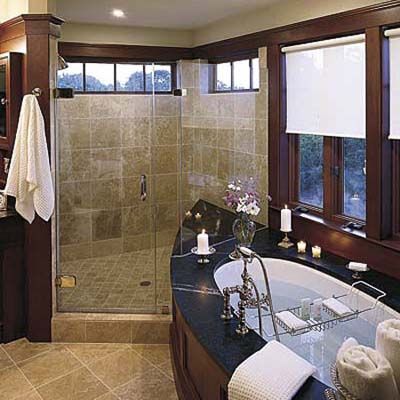
Searching for a towel and robe when coming out of the shower is annoying enough for an able-bodied person, but for those with mobility problems, it can be much more difficult. Place towel and robe hooks next to your shower so they’ll always be handy to grab. You can also include recessed storage inside the shower for shampoo and soap.
Clutter and cords increase the risk of falls. Keep them at bay with drawer organizers so everything has its place.
Pass the Closed-Fist Test for Accessibility
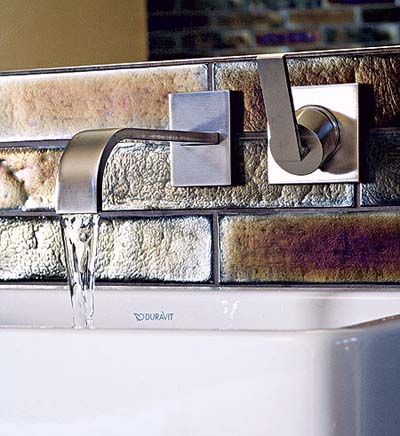
The closed-fist test is worth trying when replacing hardware. If you can work a faucet with a closed fist, you’ll know it’s accessible to a wide range of people, including those with severe arthritis. The same test applies to doorknobs, cabinet and drawer knobs, and pulls.
If you’re replacing your bathroom or kitchen faucet, install an offset single-lever faucet that can operate with just one hand. You can also opt for a motion sensor faucet that activates when you wave your hand under it.
For cabinet hardware and doorknobs, round knobs are less accessible options compared to lever-style door handles and D-shaped cabinet pulls.
Slip-Resistant and Comfortable Flooring to Avoid Falls
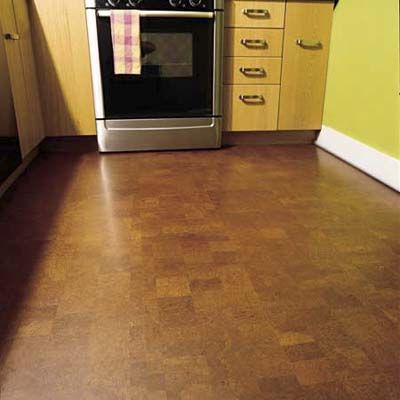
You can apply non-slip treatments to tile and stone flooring that add tread without damaging the surface’s appearance. But what if you’re replacing your floor entirely?
If you’re adding a tile floor, use smaller tiles that have less surface for slipping. You can also go with textured vinyl planks or nonslippery cork flooring that adds a little cushion and warmth below your feet.
Create Safer Work Areas in the Kitchen
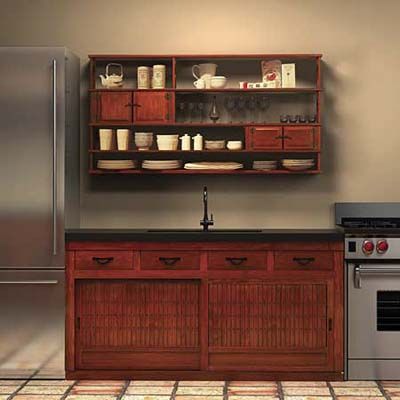
Efficient kitchen designs are both safer and easier to use. Create dedicated work areas by placing your stove, sink, and fridge close to each other, with counter landing spaces in between. Designers often call these appliances the kitchen triangle, and keeping a close triangle means you won’t have to carry heavy items over long distances as you cook.
You can also add pull-out work surfaces at various heights for improved accessibility, as well as lazy Susans and pull-out organizers to access items tucked in the back of your corner cabinets.
Bottom Storage Should Be Accessible
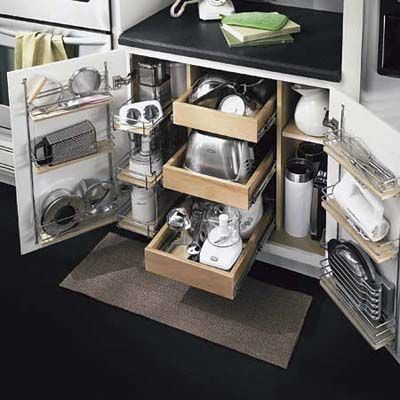
Most of the items you use everyday should go between knee and shoulder level. If you’re storing items below knee level, use drawers and pull-out shelves to lessen the need for bending down and reaching.
Bring Cabinets Down to Countertops for Safer Access
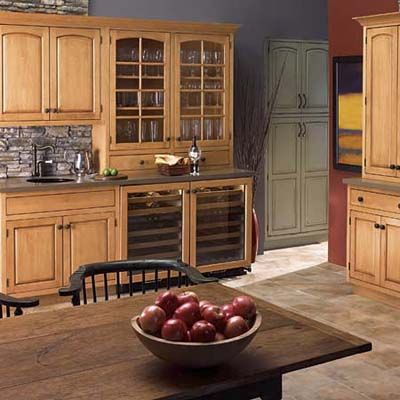
Counter space is at a premium in most kitchens, but if you have enough space, put a few cabinets directly on top of your counter. We don’t recommend doing this throughout your whole kitchen. However, when the cabinets are placed strategically, those in wheelchairs can more easily reach commonly used items.
Leave Enough Clearance For Mobility Equipment
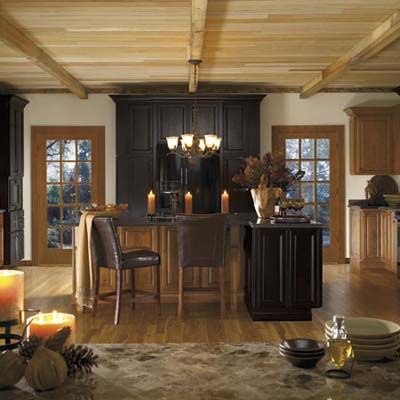
People using wheelchairs, walkers, and scooters should have adequate clearance to maneuver through tight spots. Make sure each kitchen aisle and hallway is at least 42 to 48 inches wide, and keep a roughly 30-inch by 48-inch clear space in front of all appliances and fixtures.
Doors can also pose an accessibility problem if they’re not wide enough. Use pocket doors or swing-clear hinges to maximize how far the door opens.
Additional home safety resources:
